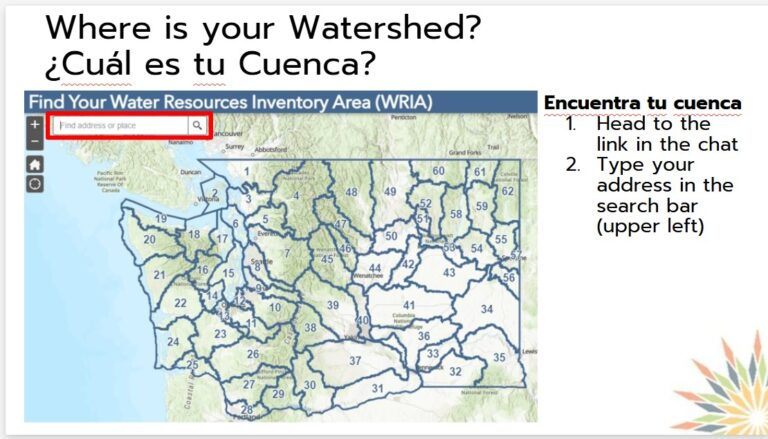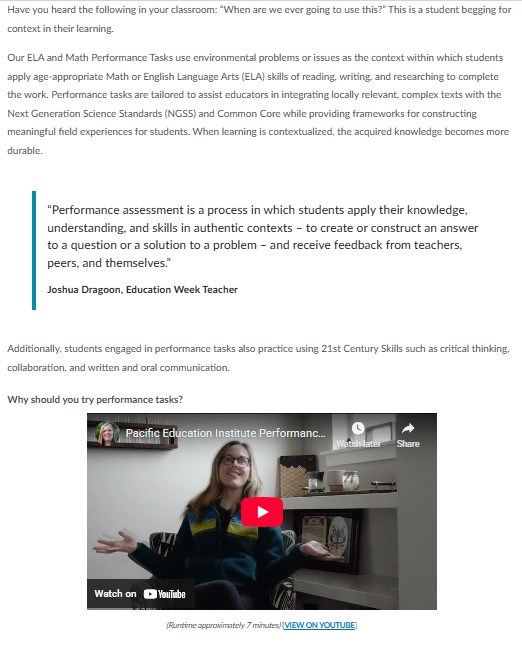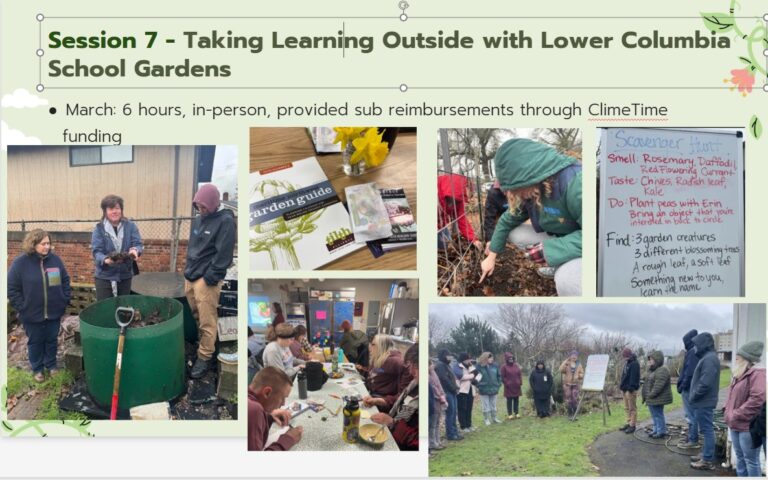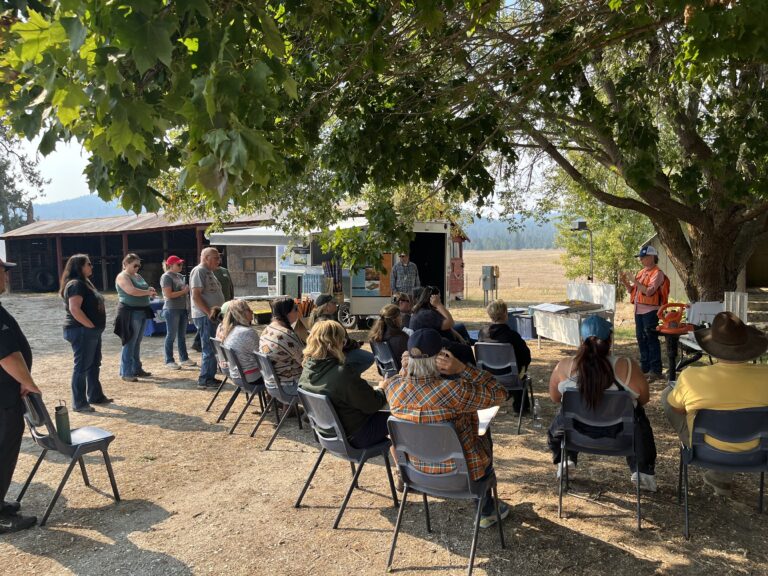In 2022, Ashley Dykes was teaching 4th grade in Mattawa School District, where 98% of her students were from migrant families and 94.1% are low-income. Although its population is small, Mattawa is the third most densely-populated city in Washington State, with families stacked on top of each other amid a sea of orchards and farms.
That year Dykes took a creative and simple approach to getting her students outdoors by designing a PEI math performance task that required only a walk through the surrounding neighborhood. Performance tasks are mini-research units that align STEM and English Language Arts (ELA) or math with Next Generation Science and Common Core standards. “Our neighborhoods in Mattawa are so unique, but to our students, they’re the norm,” says Dykes. “I wanted to get a sense of how they felt about where they lived.”
In fourth grade, students are learning multi-digit addition and subtraction as well as rounding up numbers. The neighborhood walk lent itself perfectly to
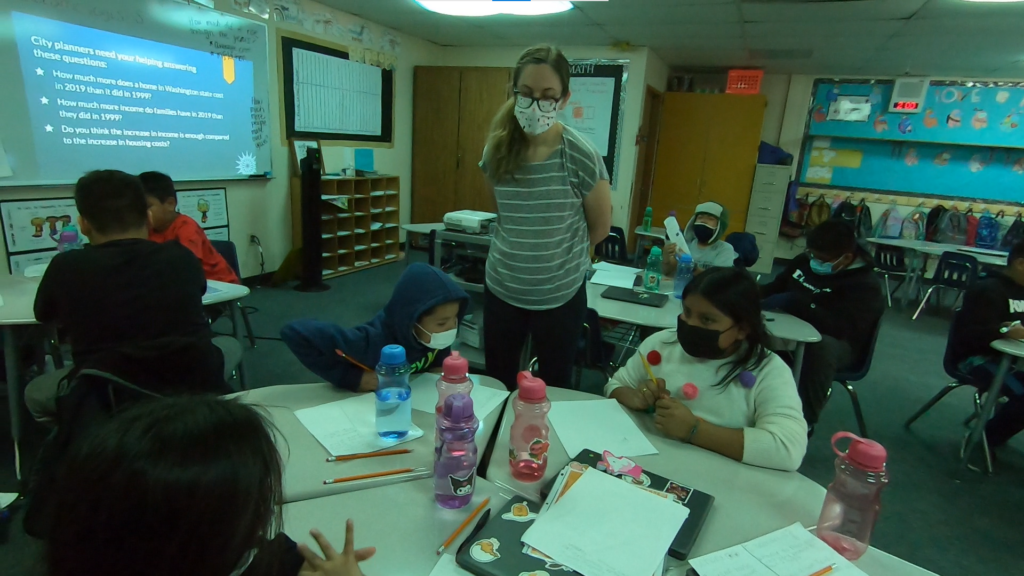
those skills as well as observation, science and data analysis. “I asked them simple questions,” Dykes explains. “There were different types of homes like trailers and mobile homes mixed in with stick-built houses, duplexes and apartments. They estimated how many adults might live in each one. There was a lot of language development and science as well as the math.”
When they returned to the classroom, Dykes provided the students with charts and housing costs which they compared to the numbers they had produced on their walk. Two questions many of them had: why weren’t there any homes for sale in their neighborhoods? And how could people like their families afford homes on the income that they made? “It started conversations that were really rich,” says Dykes. “They were engaged in the session. The addition was important, but the big issue was, how can we have this problem in our community where there aren’t even any homes for sale?”
Her students continued to refer to the lesson throughout the year. During some downtime months later, the class watched a CNN 10 special on inflation. One of the students asked her to pause the show to point out, ‘Inflation? That’s what happened with the houses.’ “We put a name to it on our math test,” says Dykes. It was a relevant local example of an economic trend many adults don’t fully understand.
The civic engagement aspect of the project occurred organically but moving forward, Dykes would like to create it intentionally. “What I loved with this math performance task was how all these other specialties come into play,” she explains. “We have to be strong readers. We have to be critical thinkers. We have to be able to analyze patterns and engineer solutions to these problems. But most of all, we have to care about these issues because we’re part of a community. It is our civic duty.”

